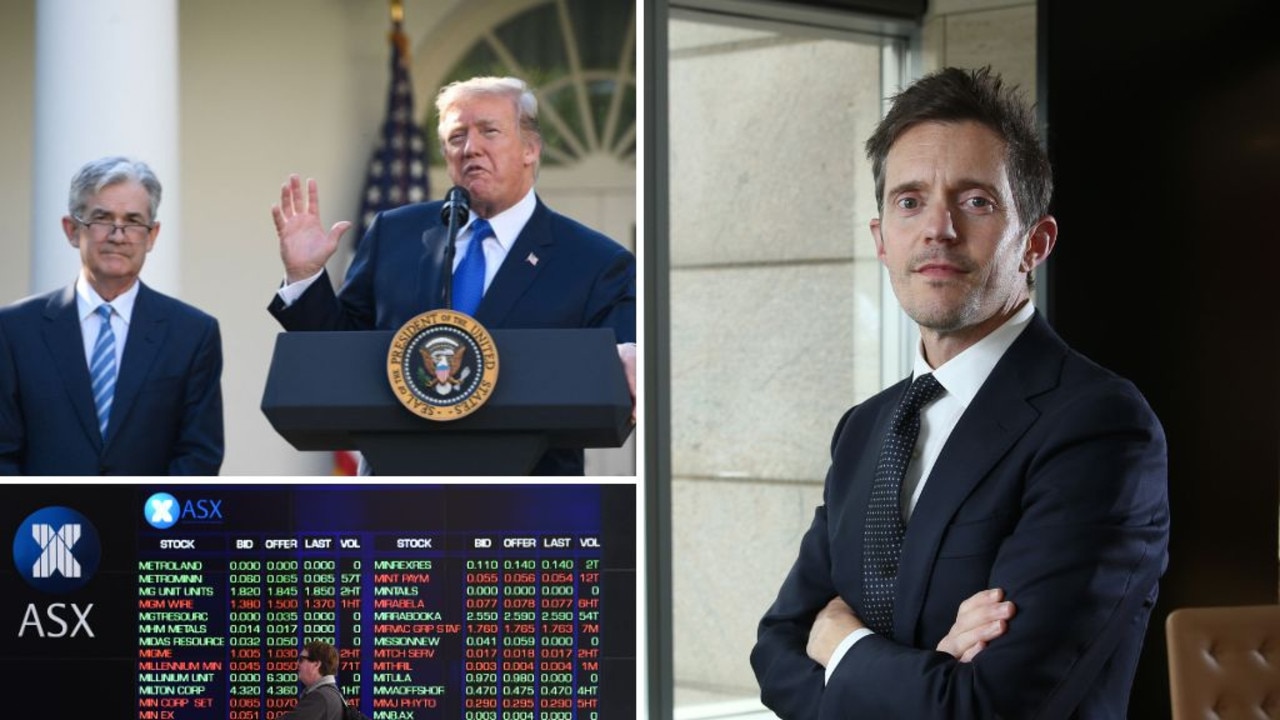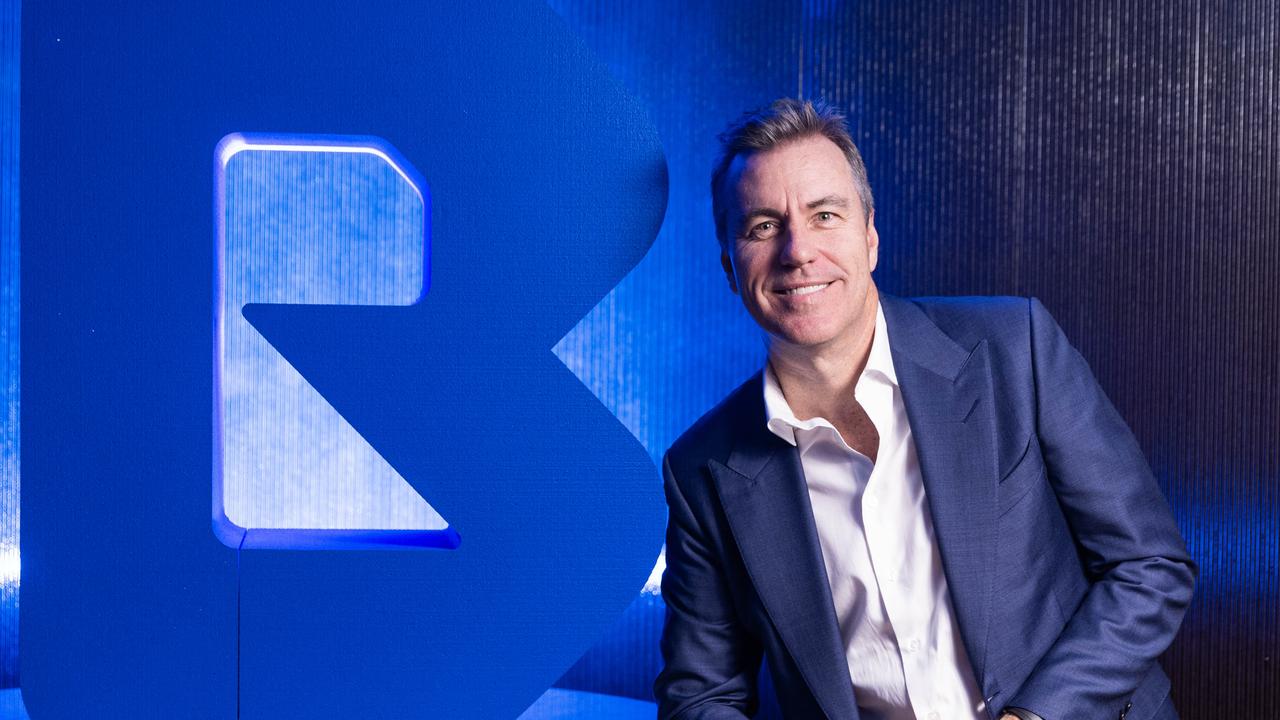Westpac inches closer to replacement of John McFarlane
A new chair will have to decide whether to go with an internal contender or look outside the bank to eventually replace chief Peter King.
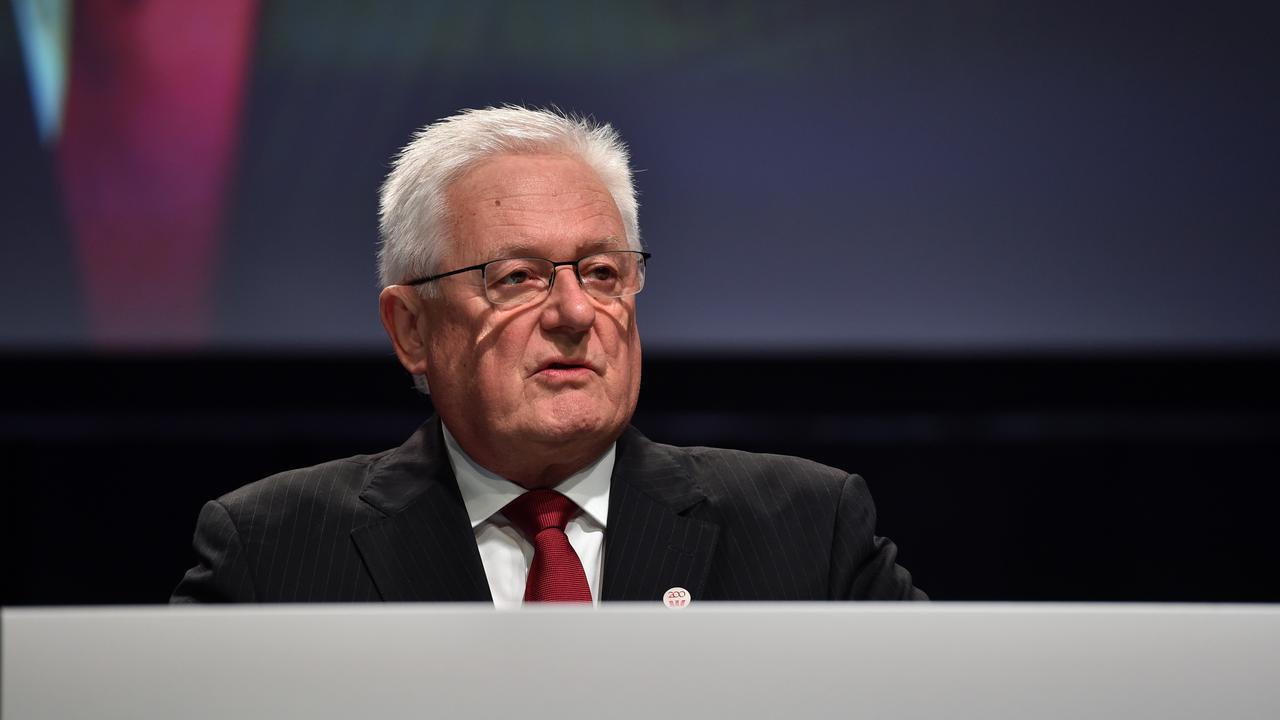
Business
Don't miss out on the headlines from Business. Followed categories will be added to My News.
The clock is starting to run down on Westpac’s board succession with chairman John McFarlane preparing to retire by the December annual meeting.
The expectation is there will be an announcement before then with McFarlane moving ahead. Currently the bank is focused on its end of year accounts for September 30 and the board meeting to watch will coincide with the bank’s annual results scheduled for November 6.
Attention around the new chairman remains on two of the most recent recruits to the Westpac board by McFarlane earlier this year. Michael Ullmer and veteran investment banker Tim Burroughs.
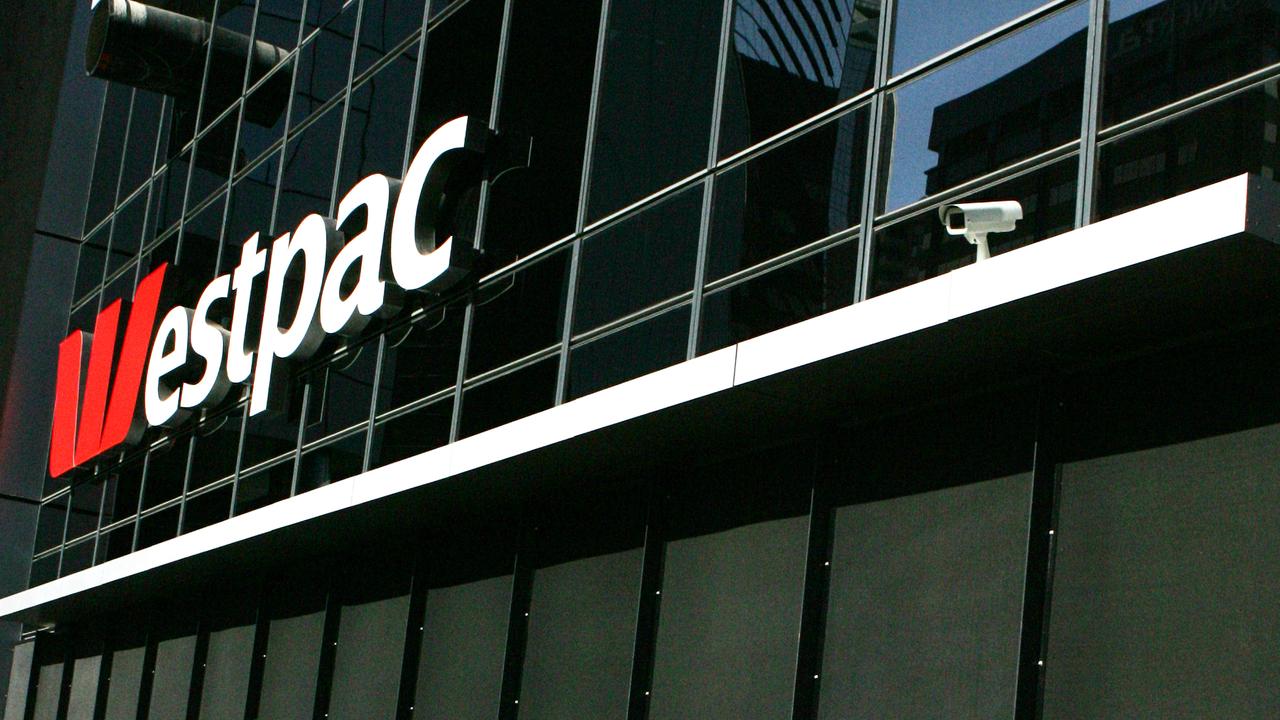
The appointment remains critical as in coming years the new chair will have to decide whether to go with an internal contender or look outside the bank to eventually replace chief executive Peter King who is in the process of steering Westpac through its post-Austrac rebuild.
On paper, former Commonwealth Bank to National Australia Bank chief financial officer Michael Ullmer is the clear front runner. It would also continue the recent run of having Westpac’s chair based in Melbourne. In the intersecting lines of Australian banking, Ullmer was chief financial officer at National Australia Bank decades ago at the same time the now chairman of NAB Philip Chronican was Westpac’s chief financial officer. The two very briefly crossed over in the Woolworths boardroom Ullmer retired from the retailer a month after Chronican started as a director at the retailer.
Going against him Ullmer has his work cut out as long term director and in recent years as chairman of Lendlease, the construction and property development play that has perennially underperformed.
Relative cleanskin is former Goldman Sachs and Merrill Lynch banker Tim Burroughs. The veteran banker has advised more than 100 public company acquisitions with recent deals including advising the AusNet board on the $18bn sale to Brookfield and later Pendal’s merger with Perpetual. Burroughs, who sits on Westpac’s risk committee, joined the bank in March this year and the appointment marks his first public company directorship. That would require a big leap of faith among Westpac’s big investors who would want to see some institutional experience for a bank that’s still facing a major rebuild.
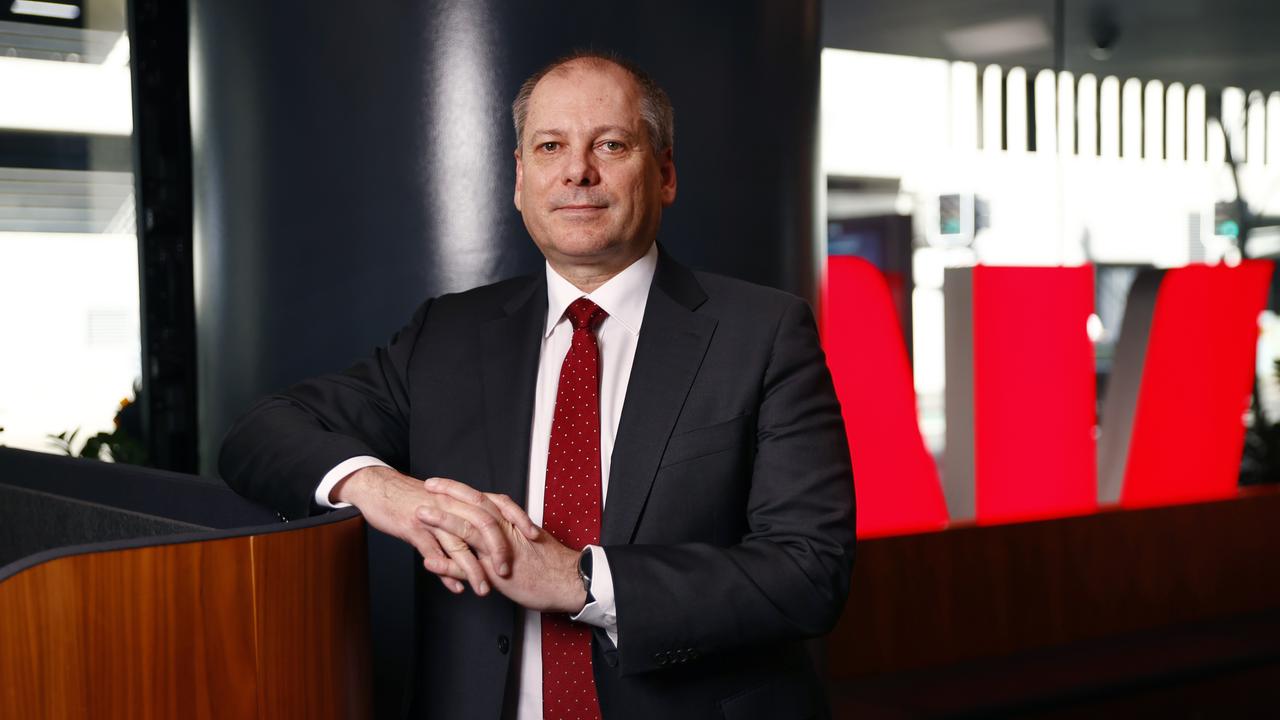
Among other names is former partner and chairman of the audit firm Peter Nash. Nash has substantial experience in the Westpac boardroom, joining as a director in early 2018. This puts him in the boardroom at the very tail end of the Austrac anti-money laundering breaches, under previous chair and former KPMG partner Lindsay Maxsted.
McFarlane will need to weigh up that Nash is facing regulatory heat as part of the group of directors of exchange operator ASX Ltd. The board there has come under intense criticism from both the Reserve Bank and ASIC for dropping the ball on the upgrade of its ageing clearing and settlements business that is part of the nation’s financial infrastructure. Nash was appointed to the ASX board in June 2019.
While Westpac – like all the big four – are so far navigating the slowdown in the economy, the Sydney-headquartered bank still has its work cut out to become an outperformer. It is still catching up with years of under-investment, leaving it some way behind bigger rival Commonwealth Bank. However a new technology represents an opportunity to overtake rivals, although that comes with massive execution risk. At the same time it runs at a higher cost base, something that King is making inroads into lowering. It also plans to reposition itself in institutional including snaring a bigger role in payments from ANZ.
McFarlane, the former ANZ chief executive, was famously retired and on a beach holiday when the call came to help stabilise Westpac following its Austrac implosion. He set about steadying the bank through the management shock and making it leaner and better performing. However from the boardroom, it will be someone else’s challenge to position the bank for the long term.
NSW spending switch
The NSW treasurer Daniel Mookhey sees the nation’s big spending state governments to start switching their focus from roads and rail infrastructure to soft infrastructure projects including healthcare, education and now energy.
The states too are – slowly – getting the message they can’t keep adding to the infrastructure spend-a-thon without causing further inflation strains.
The first Mookhey budget still keeps the gates open with a $116.5bn capex program over the next four years. But in Mookhey’s world this is now limited to “essential infrastructure” covering roads and the troubled Sydney Metro projects.
The NSW spending is partly to help support the massive influx of people with the state expected to receive more than its Australian population share of net overseas migrants in coming years.
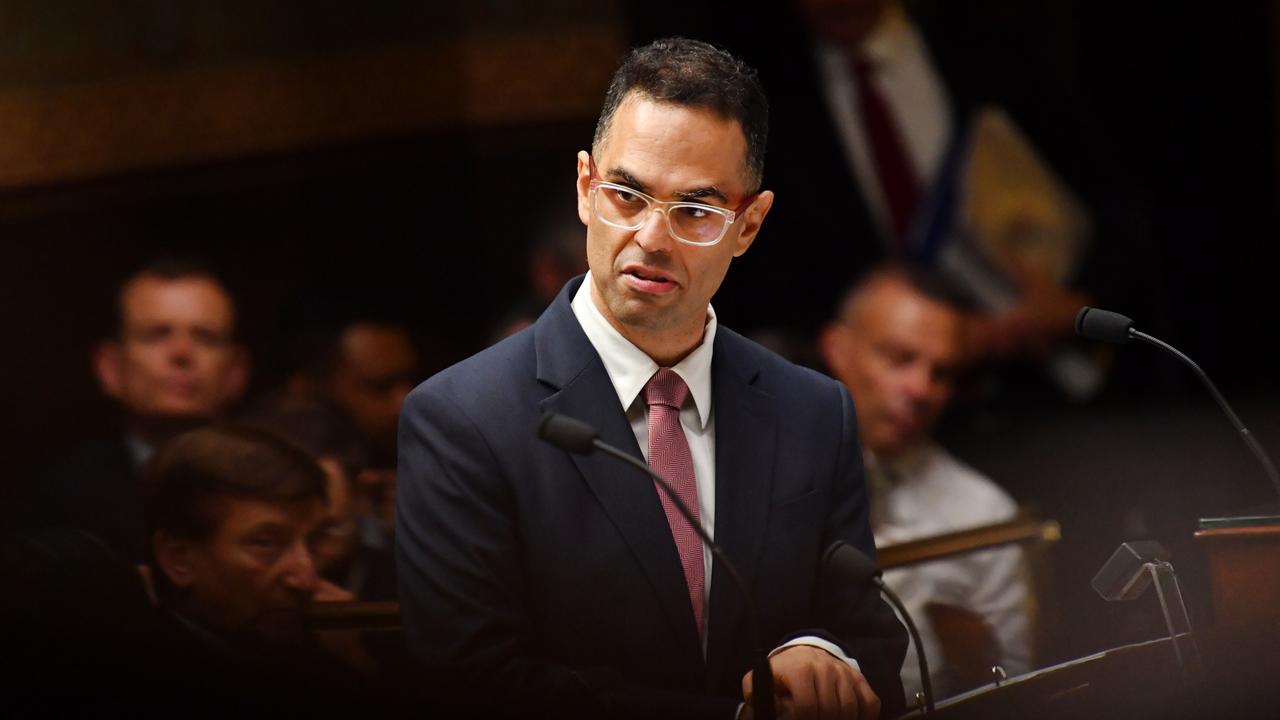
Indeed net overseas migration will contribute almost 500,000 people – nearly 90 per cent of the state’s total expected population growth over the coming five years.
NSW’s net debt is now projected to peak at 12.6 per cent of gross state product by June 2027. Forecast to come in at around $113.6bn this is around 1.4 per cent lower than at the 2023 pre-election budget update.
Victoria’s budget released earlier this year, has net debt peaking at 24.5 per cent of GSP by June 2027 as Premier Dan Andrews takes the crown in a spending race.
Still Mookhey has inherited a state on more stable financial footing than Victoria which means it is better placed to handle any economic shocks. Both states are targeting surpluses of more than $800m by 2025. However a faster-than-expected slowdown of China could loom large over both states, particularly NSW which relies on coal exports and a strong education income from China.
Net debt for NSW is now projected to peak at 12.6 per cent of gross state product by June 2027. Critically this was around 1.4 per cent lower than at the 2023 pre-election budget update and helps NSW maintain its AAA credit rating from Moody’s (S&P has the state pegged at AA-plus). The lower-rated Victoria sees its net debt forecast to peak at 24.5 per cent of GSP also by 2027. That’s getting red hot for a state economy with a narrower income base which means double the interest bill for longer for the Victorians.

While the NSW budget projects a deficit of $7.8bn this financial year, it has been given a boost from an uplift in payroll and land taxes, given stronger-than-expected jobs market and property market across the state.
The strong population growth will support consumer spending, while also helping to fill a tight jobs market. However this strong population growth masks a more significant slowing of the economy on a per capita basis.
Per capita GSP is expected to be broadly flat over the next two years – the weakest result, excluding the pandemic, since the global financial crisis.
NSW Treasury forecast slower-than-expected growth as measured by gross state product, but the state is expected to avoid falling into a recession. Real GSP – taking in international trade and inventories – slows to 1.25 per cent this financial year from 1.5 per cent previously forecast. It stays at 1.25 per cent for next financial year (previously 2.25 per cent) before recovering to 2 per cent in financial 2026.
The population growth is expected to see modest further growth in Sydney housing prices in the near term. The NSW Treasury is tipping the Reserve Bank to start lowering the cash rate from late 2024. Then it forecasts the long-run neutral level for the cash rate to be 2.75 per cent but not until mid-2026.
johnstone@theaustralian.com.au
Originally published as Westpac inches closer to replacement of John McFarlane





